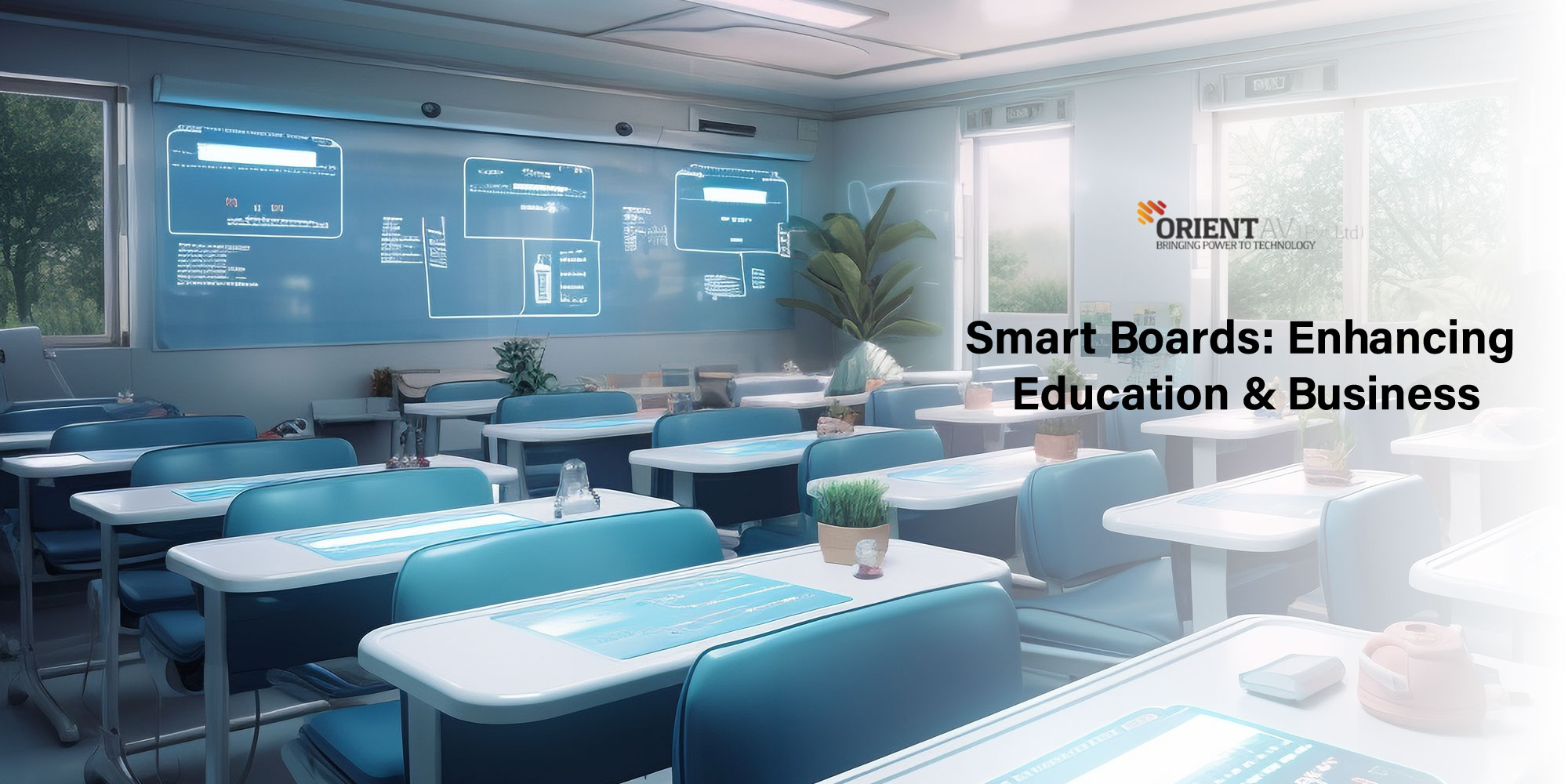When it comes to modern education and presentations, smart boards have revolutionised the way information is conveyed.
A smart board is an interactive display that allows you to engage with digital content using touch, pen, or gestures.
Transitioning from traditional chalkboards and whiteboards, the evolution and history of smart boards have been significant. They originated in the late 20th century, gradually evolving with technological advancements.
Initially, smart boards were basic interactive whiteboards primarily used in classrooms and boardrooms. However, they have become more sophisticated over time, integrating advanced features like touch sensitivity, digital ink, and connectivity options.
Today, smart boards are indispensable tools in education and business, facilitating interactive learning experiences and dynamic presentations. They continue to evolve, promising even more innovative features in the future.
Features and Components of Smart Boards
Smart boards boast several impressive features and components, making them invaluable tools for interactive presentations and learning experiences.
Firstly, the interactive display lets you engage directly with digital content projected onto the board. You can interact with images, videos, and documents using touch, pen, or gestures.
Moreover, touch sensitivity enables precise and responsive interactions with the smart board. Whether drawing, writing, or navigating through content, the board registers your touch accurately, enhancing usability.
Additionally, smart boards come equipped with digital ink and annotation tools. These tools allow you to write, draw, and annotate directly on the board, just like on a traditional whiteboard. You can highlight important points, make notes, and emphasise key concepts effortlessly.
Furthermore, connectivity options ensure seamless integration with other devices and systems. Connect laptops, tablets, smartphones, and other devices to the smart board, enabling collaborative presentations and content sharing.
These features and components make smart boards versatile and effective tools for enhancing communication and learning in various settings. A smart board can elevate your presentations and interactions to new heights, whether in a classroom, boardroom, or conference room.
Benefits of Smart Boards in Education
Smart boards offer numerous benefits in education, enhancing the learning experience for both students and teachers.
Firstly, smart boards enhance student engagement by making lessons more interactive and dynamic. You can actively participate in lessons, interact with digital content, and collaborate with classmates.
Moreover, smart boards provide interactive learning experiences that cater to different learning styles. Whether you’re a visual learner, auditory learner, or kinesthetic learner, the interactive nature of smart boards allows you to engage with the material in a way that suits you best.
Smart boards also facilitate collaborative learning environments where you can work with your peers on group projects and activities. Using the smart board’s interactive features, you can share ideas, brainstorm solutions, and collaborate on presentations.
Furthermore, smart boards seamlessly integrate with educational software, providing access to various digital resources and tools. You can use educational software for interactive lessons, quizzes, simulations, and more, enhancing your understanding of various subjects.
Smart boards revolutionise the traditional classroom experience, making learning more engaging, interactive, and collaborative. With smart boards, you can actively participate in lessons, interact with digital content, and collaborate with your peers to achieve academic success.

Applications of Smart Boards in Business
Smart boards have diverse applications in the business world, enhancing productivity and collaboration in various ways.
You can use a smart board to deliver engaging presentations, annotate documents, and brainstorm ideas during interactive meetings and presentations in real-time.
In collaborative work environments, smart boards foster teamwork by allowing you to seamlessly share and edit documents, visualise project timelines, and collaborate on creative tasks.
Moreover, smart boards are effective remote collaboration tools, especially when integrated with video conferencing equipment. You can conduct virtual meetings, share screens, and collaborate with colleagues from different locations as if you’re in the same room.
Additionally, smart boards are valuable for data visualisation and analysis. You can use the interactive features to visualise complex data sets, create charts and graphs, and analyse trends, facilitating informed decision-making processes.
Overall, smart boards play a crucial role in optimising business operations, promoting collaboration, and enhancing communication both within the office and across remote teams. Whether you’re conducting meetings, collaborating on projects, or analysing data, a smart board can streamline your workflows and drive productivity.
Implementation and Integration of Smart Boards
Implementing and integrating smart boards into your classroom or office environment involves several important steps.
Firstly, setting up and calibrating smart boards ensures they function properly and respond accurately to touch and gestures. Follow the manufacturer’s instructions carefully to set up the hardware and calibrate the display.
Next, providing training and professional development to teachers or staff members is essential. This ensures they are proficient in using the smart board’s features and can incorporate it effectively into their lessons or presentations.
Moreover, integrating smart boards with existing classroom or office technology allows for seamless connectivity and collaboration. Ensure the smart board is compatible with other devices like video conferencing or home automation installation services.
Lastly, regular maintenance and troubleshooting are necessary to keep the smart boards running smoothly. Clean the surface regularly, update software as needed, and troubleshoot technical issues promptly to minimise downtime.
Following these steps, you can successfully implement and integrate smart boards into your educational or business environment, enhancing collaboration, communication, and productivity.
Future Trends and Innovations in Smart Board Technology
Looking ahead, the future of smart board technology holds exciting advancements and innovations.
Firstly, expect advancements in touch and gesture recognition to make interactions with smart boards more intuitive and responsive. You’ll be able to navigate and manipulate content more precisely and easily.
Moreover, integration with artificial intelligence (AI) will enhance the capabilities of smart boards, allowing for personalised learning experiences and intelligent assistance during presentations and meetings.
Furthermore, anticipate the expansion of augmented reality (AR) and virtual reality (VR) capabilities in smart board technology. This will enable immersive and interactive experiences where you can explore virtual environments and manipulate digital objects in real time.
With these advancements, smart boards will continue evolving as versatile tools for collaboration, communication, and creativity in various settings, whether classrooms, boardrooms, or home offices.

Conclusion and Summary
In conclusion, smart boards, video conferencing equipment and home automation installation services offer invaluable benefits in education and business settings.
They enhance collaboration, engagement, and productivity by providing interactive and dynamic experiences.
Transitioning from traditional methods, smart boards revolutionise how you interact with digital content, making learning and presentations more immersive and effective.
As technology continues to evolve, smart boards will play an increasingly integral role in facilitating communication and collaboration in physical and virtual environments.
So, whether in a classroom, boardroom, or remote workspace, integrating smart boards into your setup can elevate your interactions and workflows to new heights.












